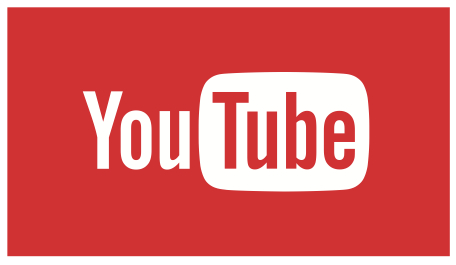YouTube has long expressed interest in creating a live TV package, but now its plans for a paid subscription service have firmed up. With executives Christian Oestlien and Jonathan Zepp among those leading the charge, the company will launch Unplugged in 2017 and is now seeking content deals with major media companies, say those familiar with the plan. The new urgency in pursuing this long-held plan may be due to the fact that Dish Network and Sony have debuted online services, and Apple and Amazon plan to as well.
Bloomberg gleaned this information from inside sources, adding that YouTube, a unit of parent company Alphabet’s Google Internet division, has declined to comment on Unplugged.
“We aim to provide more choice to YouTube fans — more ways for them to engage with creators and each other, and more ways for them to get great content,” said Google chief executive Sundar Pichai, in a letter to shareholders. He refers to “specialized apps” including YouTube Kids and YouTube Red, its first paid subscription service.
With Red, YouTube dipped a toe into subscription TV and Unplugged would take that much farther, bringing more premium content to YouTube’s Web and mobile platforms in an effort at “grabbing more viewing time and generating more non-advertising revenue.” Inside sources say that YouTube is still working on ways of packaging TV channels, including a skinny bundle composed of the four U.S. broadcast networks and a few popular cable channels.
Another potential way of packaging an offering would be creating smaller groups of channels around themes, such as an Unplugged comedy bundle composed of Comedy Central and three or so additional channels. But YouTube faces the same problem as Apple: inking deals for those channels at a price that makes sense. YouTube apparently is contemplating a monthly subscription fee of $35, but is also considering one price for the main bundle and smaller fees for the theme-based packages.
By bundling less-watched channels, says Bloomberg, “YouTube could show it is capable of bringing new viewers to many of these second-tier channels, a major concern for large media companies that depend on TV for most of their profits.” Succeeding with these theme-based bundles could also make big media companies more receptive to cutting deals for the more successful channels.
“CBS is essential to any skinny bundle,” said CBS chief executive Leslie Moonves. “There is a strong consumer demand for the skinny bundle of 15 channels to 30 channels. Many viewers would rather pay for only those channels they actually watch.”


No Comments Yet
You can be the first to comment!
Sorry, comments for this entry are closed at this time.